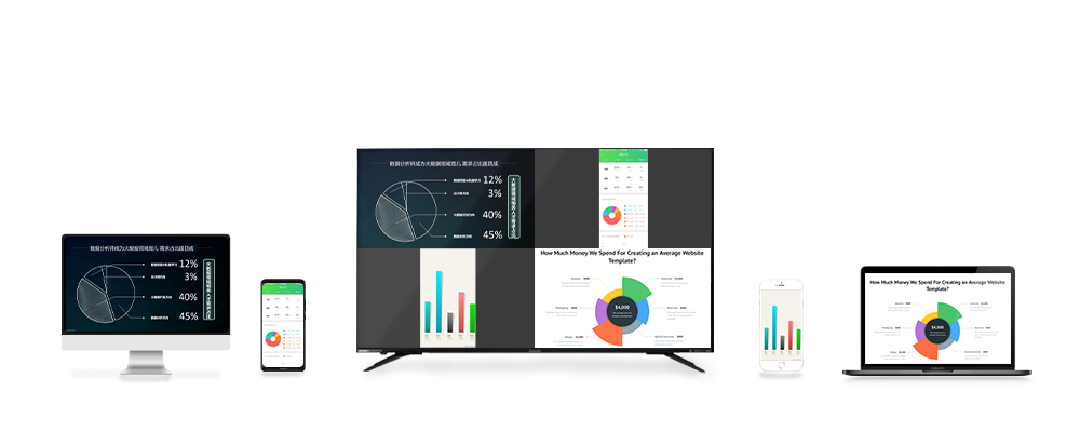
The difference between Google Cast and Apple’s AirPlay or DLNA is that:
One is to rely on Google’s servers, which means that it must be connected to the Internet in order to use it. It is not possible to use only a local area network.
The second is provided by the receiving end of the last two players. Developers only need to provide the content to be played, but Google Cast needs to provide its own receiving end app. The advantage of this is that developers can highly customize (such as customizing the UI, or adding complex functions such as bullet comments, lyrics scrolling, and music visualization). Although the receiving end often does not run an open operating system like Android, the development difficulty is not high because the nature of the receiving end app is a web page.
ChromeCast and Google Cast
From the official website of Google Cast, we can see that the purpose of Google Cast is to send content from small screens (such as phones, tablets, laptops) wirelessly (WIFI) to large screen devices (Google TV, chrome Cast) for playback. In summary, it provides multi screen interactive functionality from small screen devices to large screen devices. What Google Cast does is to provide SDKs for application expenses based on different platforms. These platforms have both sender and receiver, including IOS, Android, Chrome browser, and receiver including Google TV, ChromeCast, etc. It can be said that this solution is relatively large and comprehensive (in terms of the platforms it covers).

And chrome Cast is actually a specific implementation of the Google Cast mechanism. The characteristic of this implementation is that the chrome Cast dongle on the receiving end is provided by Google itself, and the developer’s burden is limited to the application development of the sending platform. Of course, the flexibility of the sending end is also limited to the Google Cast API provided by Google.
To summarize the relationship between Google Cast and Chrome Cast, it is actually that Google Cast provides a set of APIs for device interconnection, and chrome Cast technology is a specific implementation of this set of APIs. The advantage of this implementation is that it provides application developers with the flexibility to use the Google Cast API for development (although this can also be considered as the limitation that this technology cannot support all apps).